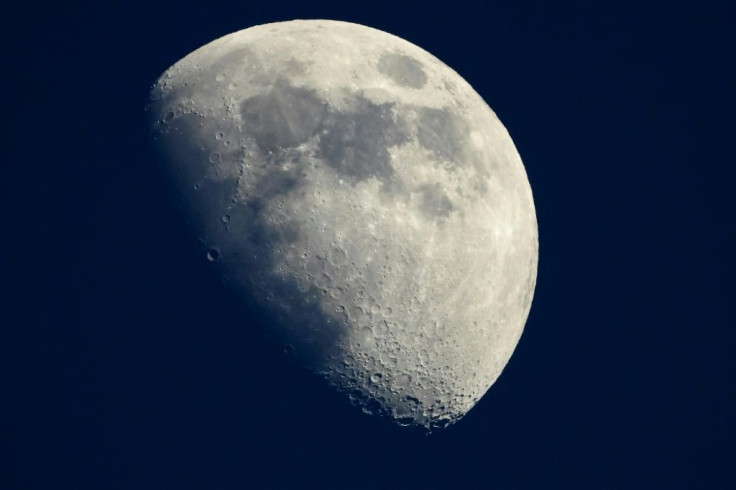NASA Mars Mission Fail: Human Colony Should Be Tested On Moon First

Moon explorers should first think about the use of Moon habitats as a testbed for Mars Missions in the future, a French space agency representative said.
In a report, Erwan Beauvois, a space engineer with the National Centre for Space Studies, said it is first important to discuss with other scientists the need to create an artificial ecosystem on the Moon that uses bacteria, algae and different kinds of microorganisms to reprocess air, waste and manufacture food.
“Crewmembers on the International Space Station use a life support system instead that recycles water and oxygen but requires resupplies for items such as food.) Once the bio-regenerative system is established on the moon, we should apply that same concept to the Red Planet,” Beauvois said.
“There's a long road leading to sustainability, but there are opportunities for technology transfer; A good moon program is a good Mars program. If you think of the space program as a road map, it can be coherent, and it is pretty beneficial to do this,” Beauvois said during his technology presentation last month at the International Astronautical Congress
Several private companies and agencies along with NASA, now target the Moon as the new boundary for space study. Many corporations such as Japan Aerospace Exploration Agency and private company Moon Express are planning to build settlements and land machines for a cooperative project. While NASA also plans to set humans “outside” by 2024, the agency’s goal is to eventually apply the knowledge acquired from the Moon and use it for human missions to Mars.
There are multiple differences between the Moon and Mars. “People at both locations have the same needs. Astronauts would need to figure out how to supply their own power, to find water and to use the resources available to build structures and to live and work on the surface,” Beauvois suggested.
The scientist also pointed to life support systems. He said that designs for inflatable and transparent structures from the Moon could be exported to Mars, as long as those structures were adapted for the differences in air pressure on the two celestial bodies.
The technology for water recycling, for growing plants in low light and for using biofuels in engines could also be applied in both locations. Working on the lunar surface could allow researchers to answer questions — such as what species could grow well in these environments — before shipping these technologies farther out in the solar system, where it is harder to make adjustments as you go along.
© Copyright IBTimes 2024. All rights reserved.





















